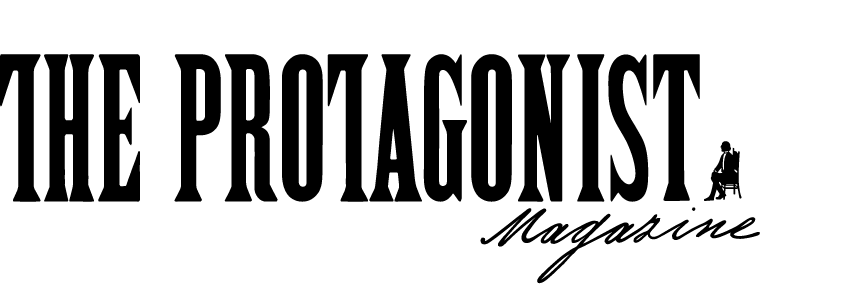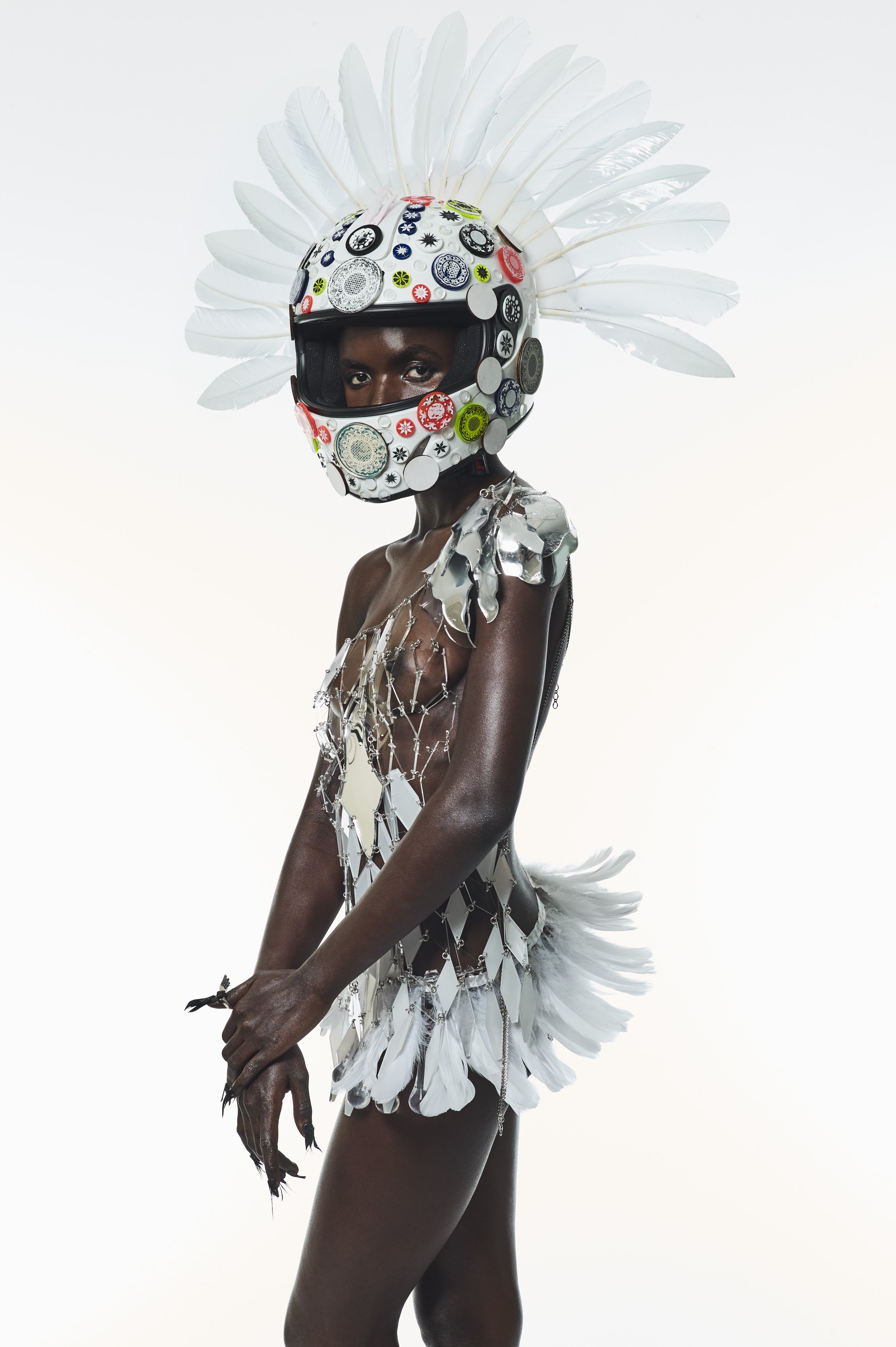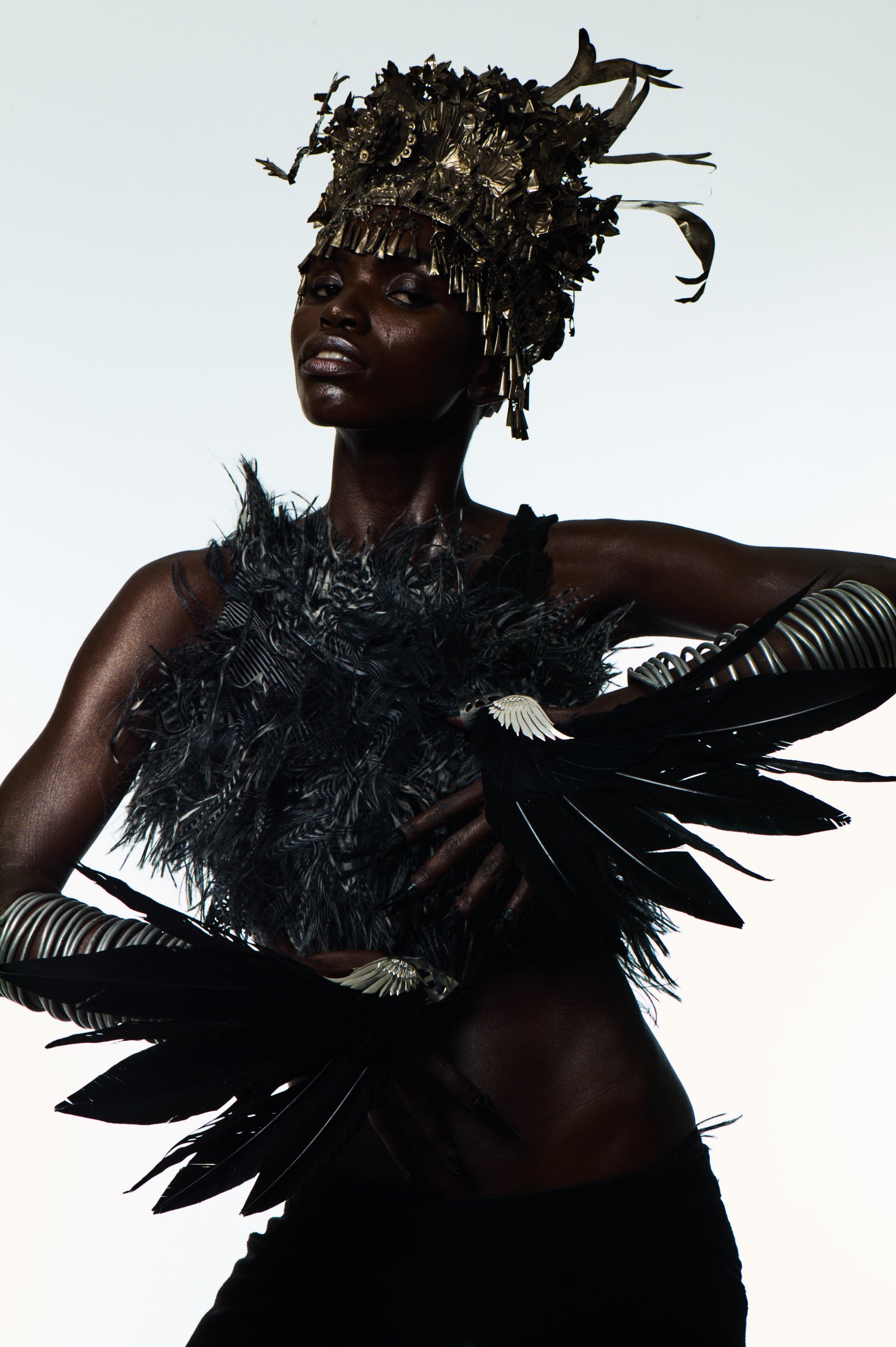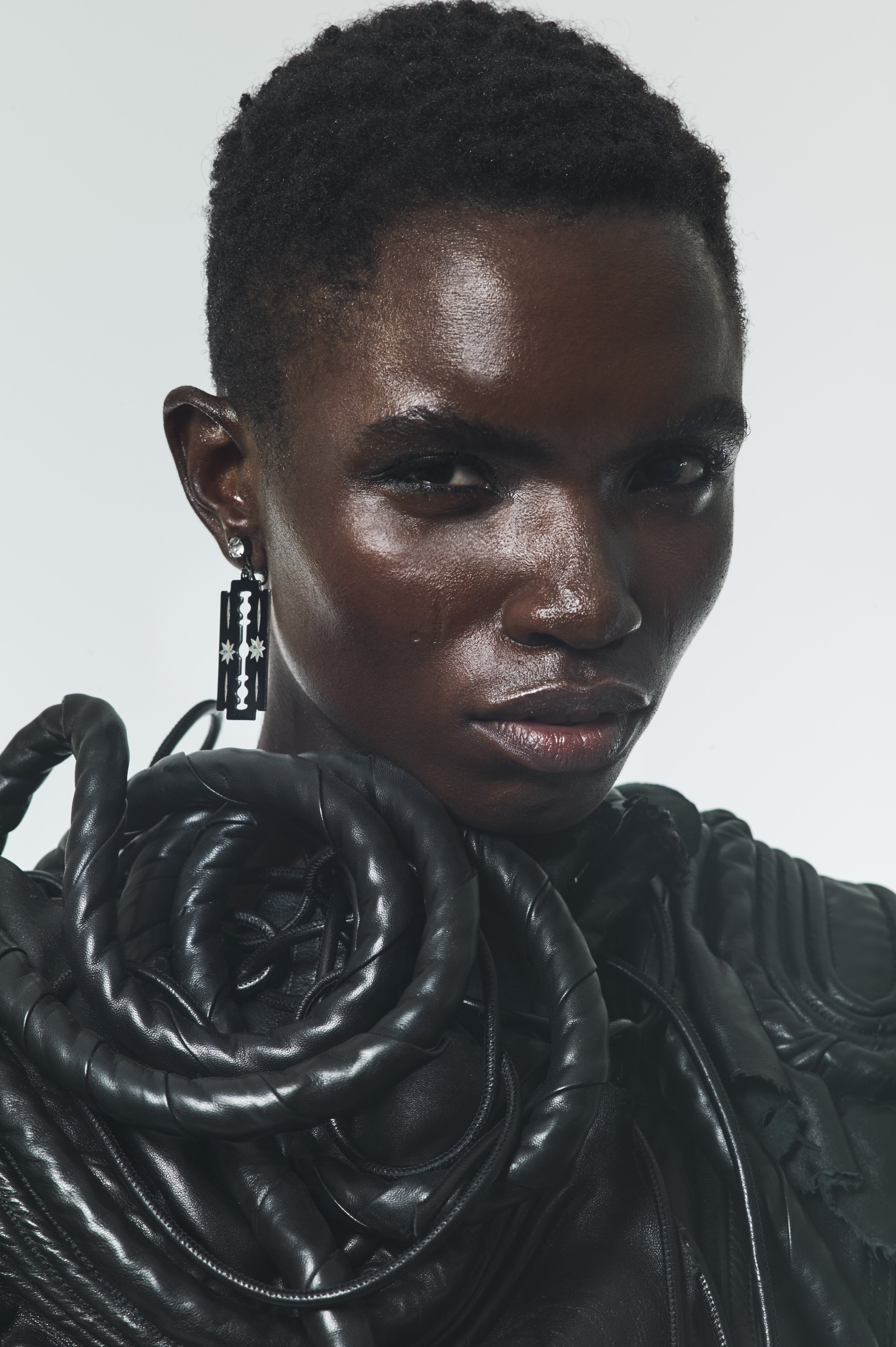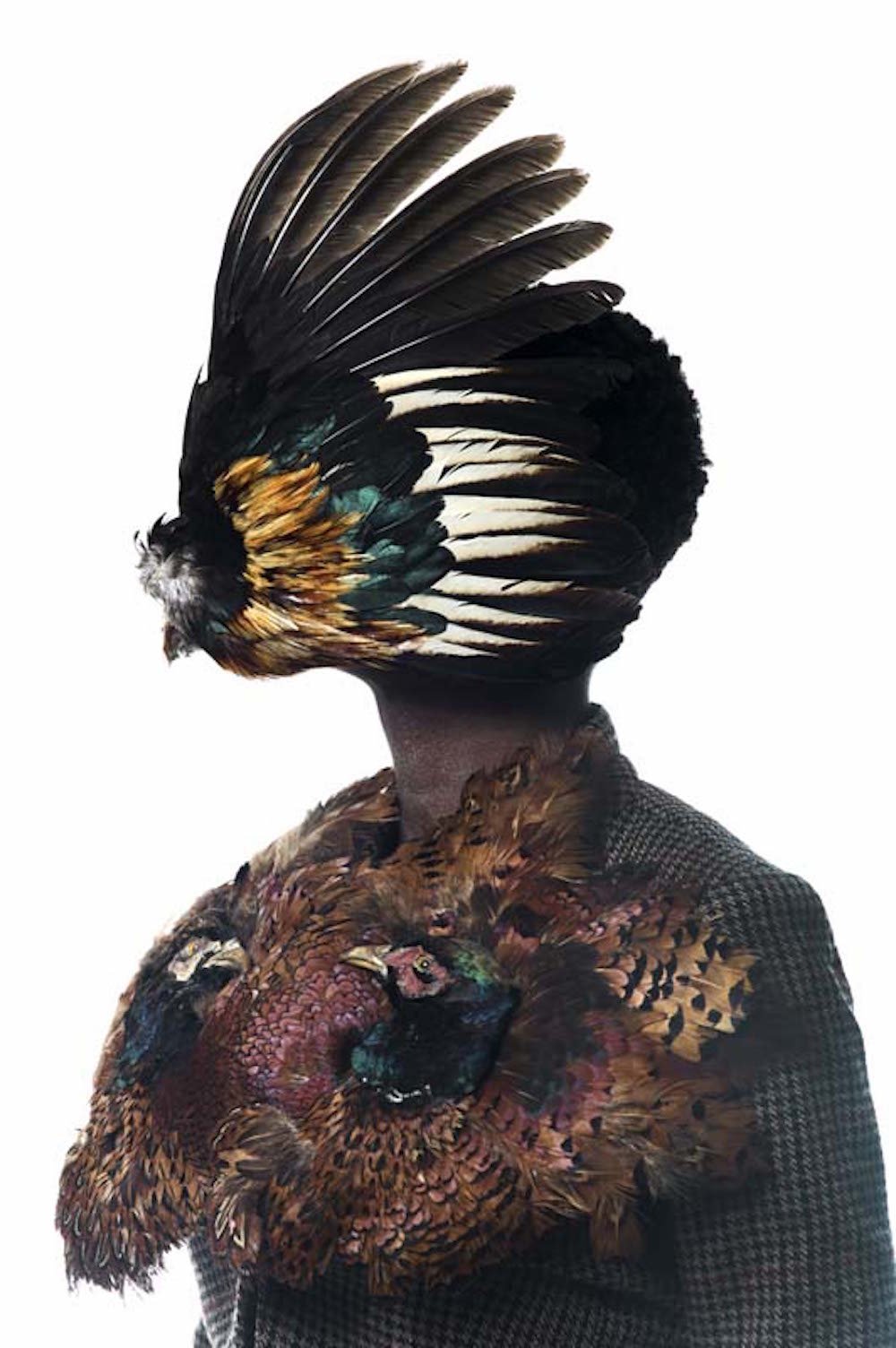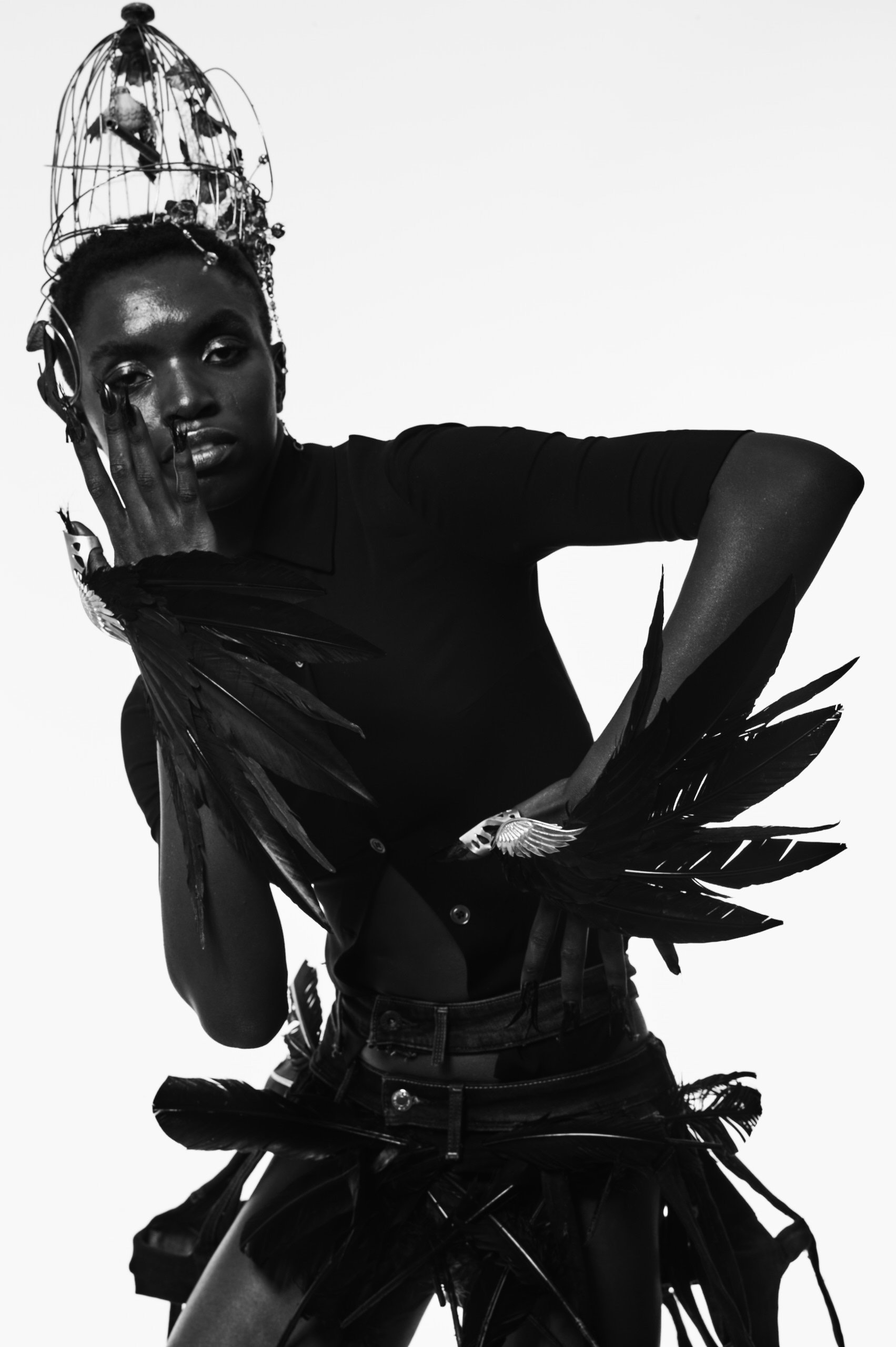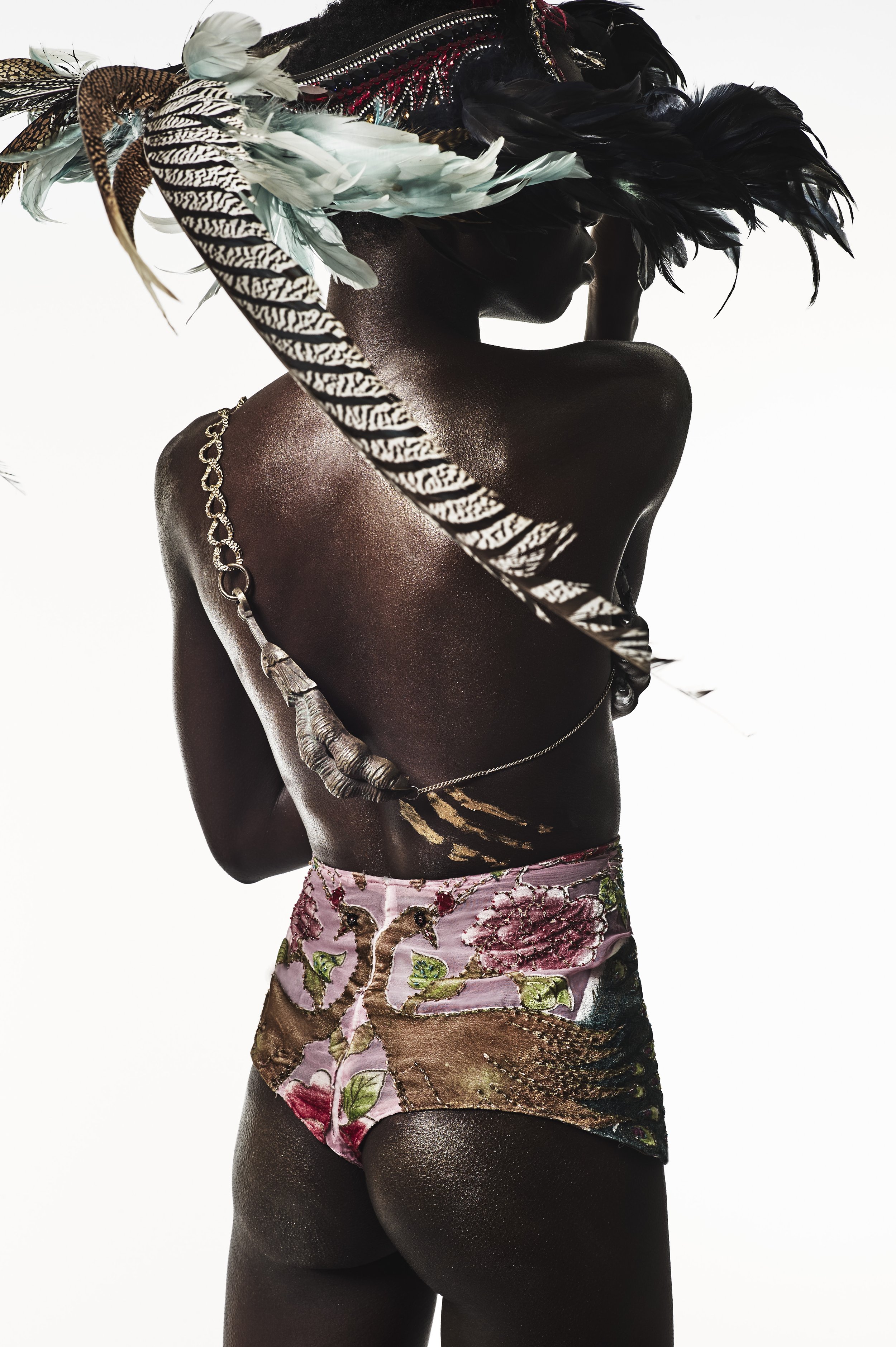Queer as Folklore
Queer as Folklore
Between fantasy and reality.
★★★★★
Written by Daen Palma Huse
Photography by Ram Shergill
Triggered Economics is an immediate manifestation of what is generally understood as a “developed society” having fallen into disarray. However, the show pinpoints what is and has always been part of the urban environment: disused space. Heightened through the explosive power that Covid-19 has had on slowing down direct human interaction, especially urban spaces have been deserted – some temporarily, some for good. The physical office manifestations of investment capital firms have been left dark, gathering dust, whilst their fast-pasted business is being conducted from the home-office or elsewhere through the digital space. Now it is the time for artists to “go viral:” The site-specific group exhibition Triggered Economics or How to commit to the inevitable carefully curated and tailor-made to its temporary space on Mayfair’s busy Bruton Street, was conceptualised by Emma Witter and Jonah Pontzer. The pair has claimed a firm’s private floor which has, for the past months, disappeared deeper and deeper into its cold metaphorical steel-core sleep – marble-paved, enveloped by faux-slate interior masonry and flanked by paint-on concrete beams. The work of ten artists, some site-specific and commissioned particularly for this exhibition, has revived the space.
The sharp rectangular angles of the reception desk on the right-hand side, and the straight lines of a leather-cushioned waiting bench on the left, visitors need to take the lift, greeted by the universally familiar “ping” upon arrival to one of the upper floors.
The space, with its glass doors and bright lights, has been carefully transformed into a stage. Initially we cannot know for sure which aspects of the space are curated, such as Jonah Pontzer’s “Frankly Unacceptable (Linda),” and which aspects are “natural.” The methodical placement of office plants that have died over the course of the last months, give an indication of the curator’s intent. Office paraphernalia have turned into art objects as come-to-life inanimate bodies. I don’t think I have ever looked at a floor plug-point, or cables sprouting from the wall, the same way – at the same time directing my gaze to artworks such as the cleverly placed smaller-scale works by Aaron Ford.
The sharp rectangular angles of the reception desk on the right-hand side, and the straight lines of a leather-cushioned waiting bench on the left, visitors need to take the lift, greeted by the universally familiar “ping” upon arrival to one of the upper floors.
The space, with its glass doors and bright lights, has been carefully transformed into a stage. Initially we cannot know for sure which aspects of the space are curated, such as Jonah Pontzer’s “Frankly Unacceptable (Linda),” and which aspects are “natural.” The methodical placement of office plants that have died over the course of the last months, give an indication of the curator’s intent. Office paraphernalia have turned into art objects as come-to-life inanimate bodies. I don’t think I have ever looked at a floor plug-point, or cables sprouting from the wall, the same way – at the same time directing my gaze to artworks such as the cleverly placed smaller-scale works by Aaron Ford.
The sharp rectangular angles of the reception desk on the right-hand side, and the straight lines of a leather-cushioned waiting bench on the left, visitors need to take the lift, greeted by the universally familiar “ping” upon arrival to one of the upper floors.
The space, with its glass doors and bright lights, has been carefully transformed into a stage. Initially we cannot know for sure which aspects of the space are curated, such as Jonah Pontzer’s “Frankly Unacceptable (Linda),” and which aspects are “natural.” The methodical placement of office plants that have died over the course of the last months, give an indication of the curator’s intent. Office paraphernalia have turned into art objects as come-to-life inanimate bodies. I don’t think I have ever looked at a floor plug-point, or cables sprouting from the wall, the same way – at the same time directing my gaze to artworks such as the cleverly placed smaller-scale works by Aaron Ford.
The sharp rectangular angles of the reception desk on the right-hand side, and the straight lines of a leather-cushioned waiting bench on the left, visitors need to take the lift, greeted by the universally familiar “ping” upon arrival to one of the upper floors.
The space, with its glass doors and bright lights, has been carefully transformed into a stage. Initially we cannot know for sure which aspects of the space are curated, such as Jonah Pontzer’s “Frankly Unacceptable (Linda),” and which aspects are “natural.” The methodical placement of office plants that have died over the course of the last months, give an indication of the curator’s intent. Office paraphernalia have turned into art objects as come-to-life inanimate bodies. I don’t think I have ever looked at a floor plug-point, or cables sprouting from the wall, the same way – at the same time directing my gaze to artworks such as the cleverly placed smaller-scale works by Aaron Ford.
